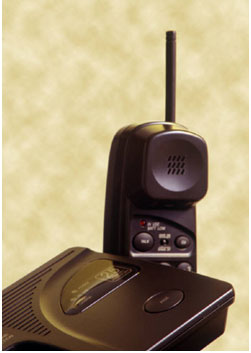Call it coincidence. Call it fate. Call it what you will.
Like a turbo charged roadster with the pedal down in sixth
gear and the finish line in sight, Monster’s recent public announcements
confirm what once was only educated speculation: Big job boards appear to be on
the way out.
 |
| Monster announces it is open to a sale. |
Although no official release has been made and the company is
in the process of gathering data for potential suitors, Monster Worldwide Inc.,
according to a recent Reuters article,
is open to selling all or part of itself. CEO Sal Iannuzzi said the company was
exploring strategic alternatives earlier this month at an investor’s
conference.
When asked what types of alternatives were on the table,
Iannuzzi replied, "It means selling the company, potentially. It means
bringing in a partnership in a region of the world where we can share the
expense ... it could mean a strategic investment in terms of someone buying a sizable piece of Monster. It could be a foreign market or could be here in New
York."
More or less it could
(and likely does) mean the end of Monster as we know it today.
Based on what we know about the recruiting and job markets
today, coupled with the competition of social media, one has to wonder who
would be in line to purchase the company. CareerBuilder has been mentioned and
it’s been speculated that investors may be after the data Monster holds in its
database more than its potential to make money off of job postings. Monster says it has a considerable number of
interested investors who are remaining silent until all the required data for
due diligence is available.
This story sounds vaguely familiar.
In February, when Monster announced the layoff of seven
percent of its HQ staff, we all knew in a way that it was a sign of the
changing road ahead for the big job boards. (See Is this the Beginning of The End for Job Boards?) Monster’s
high costs have been pushing small business away from its products and into the
arms of social media for years. Attempts to get into the social media game with
BeKnown and its Power Resume Search technology are notable achievements,
however, notable achievements that may be too little too late.
The fact of the matter remains that, as a job board, Monster
has been losing market share. It is closer to LinkedIn than it is to leader CareerBuilder
in the market share race. Investment experts are torn on the real value of the
company’s shares. UBS downgraded the company to “Neutral” based on market share
while Sun Trust rates it a “Buy” based on the potential of the Monster database.
The Motley Fool’s Rex Moore put the company through an
investment test in a recent
article and gives readers a heads up that we’ve seen deals similar to this
before. As was seen with the AOL, Time Warner merger, intangible assets are
cause for concern. At the time of the merger AOL Time Warner has listed $209
billion in assets, more than half of which was goodwill or intangible. Any
company with an intangible asset ratio of above 20% should be cause for
concern. Right now Monster sits at 58%. The company has $1.2 billion in
goodwill with a tangible book value of -$20 million (negative $20 million)
which is also cause for concern.
So what does this all mean? It means that the other big job
boards need to be vigilant and creative if they are to survive. They need to
get creative in how they provide value to candidates and customers. It wasn’t
long ago that Monster was king. They are still the largest but in terms of
market share they’ve become a prince.
Boards like Indeed and social media sites are the 300-pound
gorilla/tortoises in this race. LinkedIn could be the model of the job board of
the future, evenly mixing the power of social networking with job posting
amenities. It could be that the next big revolution in job searches is moving to
the head of the pack and poised to hit the winner’s circle.
One thing is for certain. Monster has just slip-streamed
itself into position as the frontrunner in the race where the end is a funeral
rather than a finish line.

